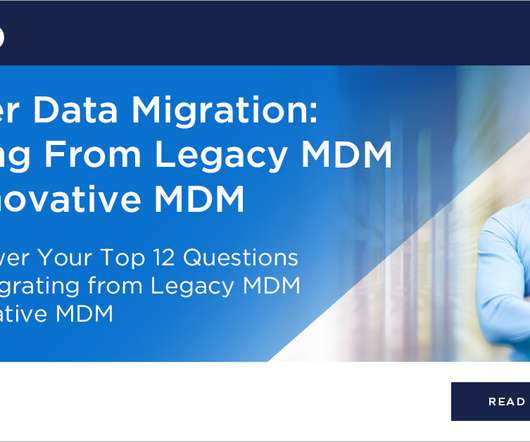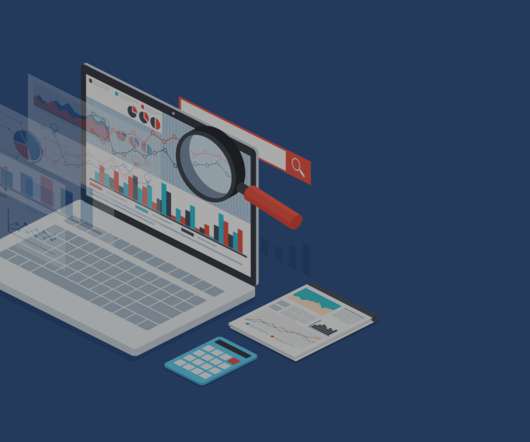Why More Businesses are Switching from Legacy to Modern MDM
Reltio
MAY 20, 2022
I’ve heard countless stories from IT and business leaders about the challenges with legacy master data management (MDM). Modern, cloud-native SaaS simplifies MDM and accelerates the value of your data. Accelerating the value of data isn’t simply a problem for the IT department to solve. There is a better way.













Let's personalize your content